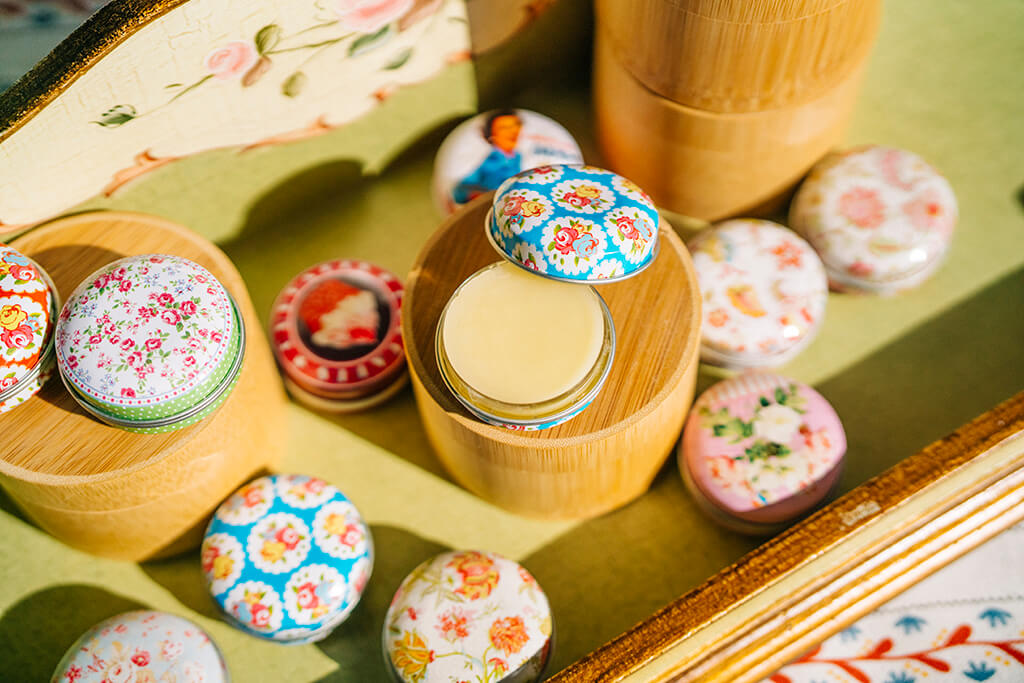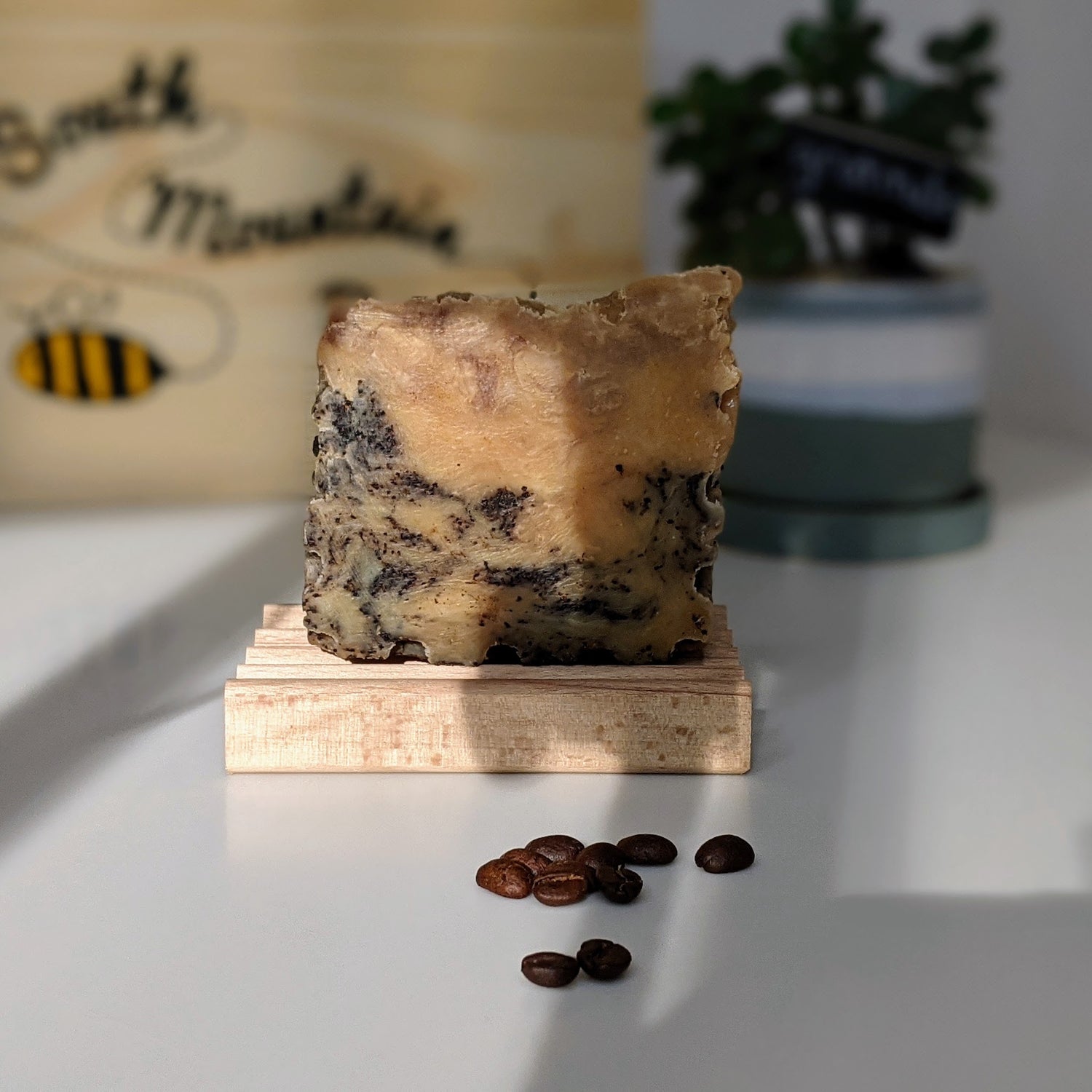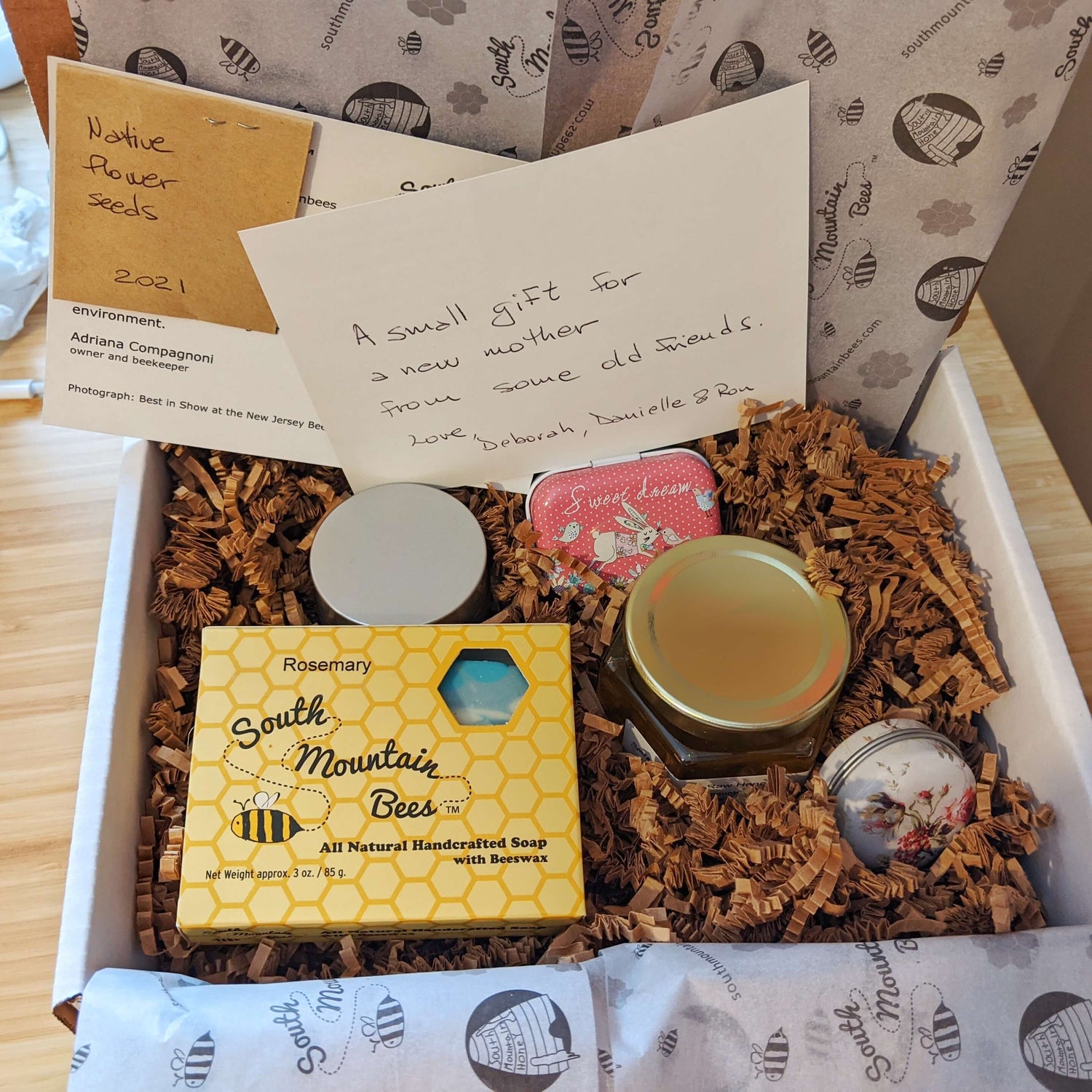Before I started beekeeping, I didn’t know about the water content of honey. I remember as a child that sometimes honey had a funny fermented scent, and I didn’t know why. Well, now I know, and I can share that with you.
What's the percentage of water in honey?
It turns out that the acceptable percentage of naturally occurring water in honey is between 15.5% and 18.6%. The best quality honey as judged in competitions is between 15.5% and 17%, but up to 18.6%, it is still excellent quality.
What happens when there is too much water in honey?
The problem beyond 18.6% is that all those microorganisms that surround us, such as yeast, can colonize the honey and ferment it. The smell of fermented honey is off-putting, and I dare you to taste it! Those of you who make sourdough bread and harvest wild yeast, know that those invisible guys are everywhere.
You might wonder, what’s wrong with honey with water content below 15.5%? I had the same question. Luckily, I have fellow beekeepers that can answer what I couldn't find in Kim Flottum's Honey Handbook. A lovely book with a wealth of information from floral sources to harvesting equipment.
Why can there be too much water in honey?
The bees are wonderful at transforming watery nectar from flowers into thick honey. They mix them with enzymes and they reduce the water content by dividing it into small droplets and fanning their wings to reduce the water concentration. When the bees are done with that process, they coat the honey cells with a paper-thin layer of beeswax. However, sometimes the beekeeper needs to interrupt the bees before they are done, and honey is harvested before it is finished. That can happen when bees need to be treated for mites called Varroa Destructor. (I'll write another post about Varroa mites.) And some of the treatments cannot be done while honey is in the hive, and other treatments that can be done when there's honey in the hive, cannot be done if temperatures exceed 85ºF.
If the need for treatment in early summer is urgent because the Varroa infestation is significant, honey may need to be harvested early, and some of the honey may have excess moisture.
If we are not carrying the instruments to check the exact water content in honey, a way to gage if the honey is ready is to shake a frame of honey with open honey cells on top of the open hive, and if honey falls from the frame, it means that it's too runny and therefore it has too much water.
Another reason why honey may have too much water is that it was stored in the wrong container. If the container is not air-tight, honey will absorb moisture from the air and end up with excess water content. I never understood those clay honey pots with a hole for the honey dipper on the edge of the lid.
The fact that honey is hydrophilic (water-loving) and attracts water from the air, makes it a wonderful ingredient in bath and body products, making them extra moisturizing attracting moisture from the air onto the skin.
What if there is too little water in honey?

Back to less than 15.5% water in honey. The problem with such honey is that it is so thick that it doesn't flow. We could still spoon it out of the jar, and the taste will be perfect. It will just be too hard to handle.
You might wonder what can be done with such thicker honey. There are a few options. It can be blended with honey of higher water content to lower the overall percentage. It can be used to make other products such as spreads, creamed honey, and honey candy. It can be safely enjoyed by the beekeeper in tea, on toast, and straight from the spoon.
The next question is how do you measure water content in honey? The instrument most commonly used by beekeepers to check the water content of honey is a refractometer.
How does a refractometer work?

When light enters a liquid it changes direction; this is called refraction. A refractometer measures the degree to which the light changes direction, called the angle of refraction. That angle is associated with the liquid's water content and is visible in the scale of the refractometer. Above, there’s a picture of the water content of the liquid honey I submitted to the New Jersey Beekeepers Association Honey Show. You can see how the blue area hits 17%. Pretty nice reading! And in the judge's score sheet, that corresponds to the highest score for moisture content.
And those are the handsome jars being judged as I write. Curious about our honey? Here's the link! Check it out.
What should honey read on a refractometer?
When placing a drop of honey on the refractometer daylight plate, it should read between 15.5% and 18.6%.

Drum roll: Honey Show results
The judges liked our honey so much that it ranked First in the Extracted Honey Division. In layman's terms "extracted honey" means liquid honey in a jar. The division has 4 categories of extracted honey: Light, Light Amber, Amber, and Dark. Each category had a winner, and this honey won Best in Category for Light honey and Best in Division for Extracted Honey.
Since our honey is popular and our apiary is small, we sell out quickly. If you want to be on our mailing list to be notified as soon as honey becomes available, here's the link to join. Know that your privacy is important to us, and we will never sell your information.






2 comments
Adriana, you always have fascinating information to share about your honey and your bees. Thanks!
Thanks for the interesting information about honey.